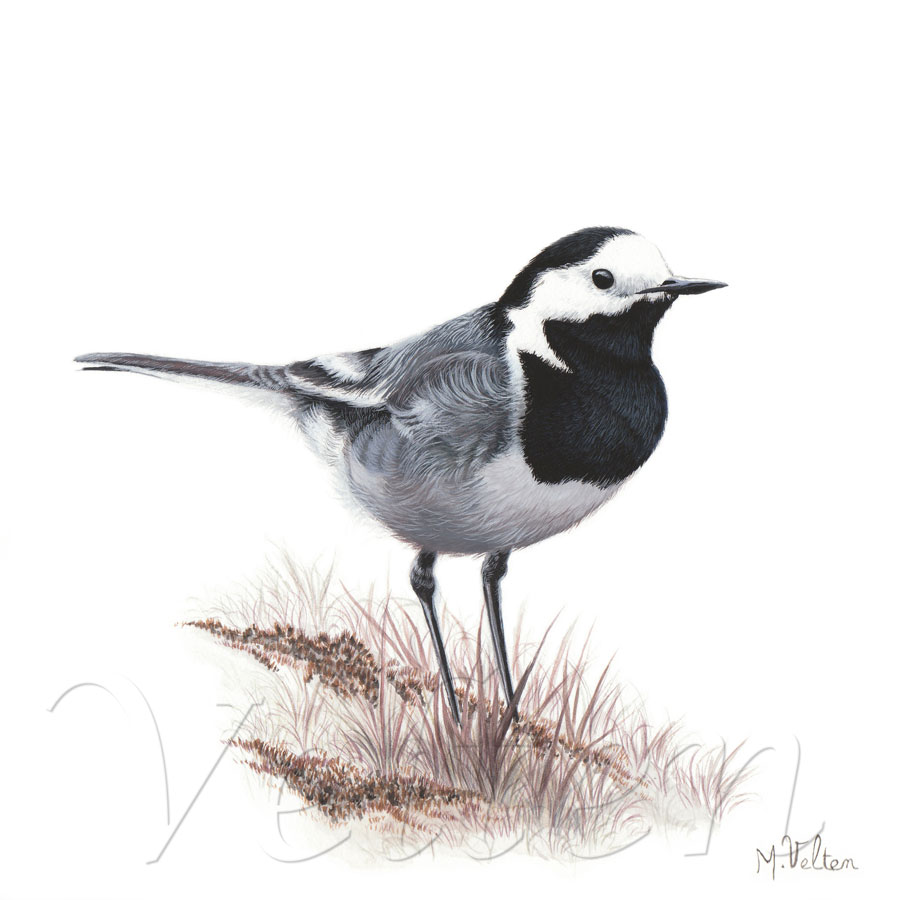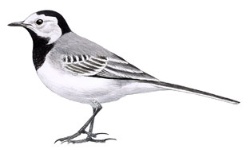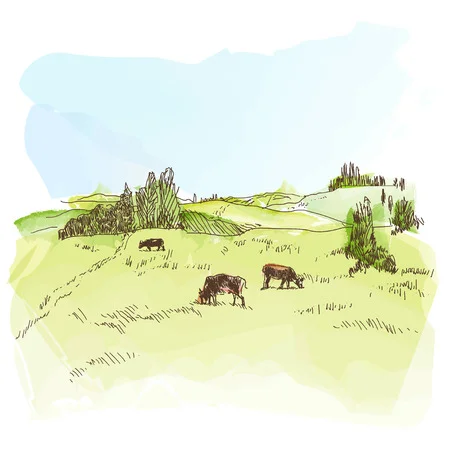Grazing is an element of the landscape to which man is linked since the Neolithic (about 10 thousand years ago), a period when he, from hunter and collector, became a breeder and farmer.
Pastures are plant communities in which the production of matter is directly used by herbivorous animals for feeding. Grazing can be considered as the meeting between the animals and the turf. These are the main actors of a system composed of extremely diverse environments that can accommodate a multitude of animal and plant species. The agropastoral landscapes host, in fact, a very high biodiversity and those in the territory of Capolona are no exception.
Environments of this type can survive only if the breeding and pastoralism is maintained in a certain territory. Only the pastures above the tree line are permanent; in other cases, if abandoned, they are colonized by the wood according to a spontaneous ecological process.
In recent decades there has been a progressive depopulation of the mountains and hills accompanied by a significant reduction in the breeding of sheep, cattle and goats. When the domestic herbivores disappear, we observe the first diffusion of herbaceous 'high size' species and then we have a gradual settlement of shrub and tree species.
The conservation of pastures has a central role, both at national and European level, in biodiversity conservation policy. The protection of species of birds and butterflies, which are considered rare and threatened, depends on the maintenance of these habitats. Recent studies have shown that the pastures used by the cattle host many more ornithic species than the abandoned ones; if the pastures are of great extension the rare and localized ones can also be found. The ecological value of a pasture increases if there are also small islands of shrub. Pastures are also attributed an aesthetic value within the landscape and a link with the cultural and historical identity of local communities.
However, the management of a pasture must be prudent. When the animals graze for too long on the same ground and, eating the regrowth of the already grazed plants, they run out of reserves, there is overgrazing. In practice, animals do not allow plants to fully recover the radical energy reserves.
The animals defecate in the pasture and bring organic substance, minerals and microorganisms increasing soil fertility. However, excessive dejections can have a detrimental effect on the soil.
Pastures can be divided into spontaneous or artificial. The first are composed of plant species that arise spontaneously while the second are formed by the spread of seeds, specially chosen for the purpose, on soils prepared through appropriate processing. The seeds used may belong to a single species (thus obtaining a monophyte pasture), or to several species (thus obtaining a polyphyte pasture).
Herbivores tend to select the species to feed on, so the composition of the pasture may depend on the type of grazing animals, their number and the seasonal time of grazing.
With the grazing the epigee parts of the plants (those that emerge from the roots) are reduced. If it is uniform, the epigeal portion that remains is the same for all species. Therefore, the competitive power, in particular that relative to the light, of the bigger species against those of the smaller ones is reduced. Without the action of browsing the animals would have less chance of developing. In an adequately managed pasture there is therefore a greater variety of species per unit area. Conversely, if grazing is used in a partial or irregular manner, there is a progressive spread of high-sized species (megascissors) that depress or eliminate species with smaller sizes, thereby reducing biodiversity.
In the Apennine territory are widespread processes of forest colonization of the prairies as a result of the reduction, after the Second World War, of agro-pastoral practices. This phenomenon is causing a sharp reduction in biodiversity with the disappearance of plant and animal species.


